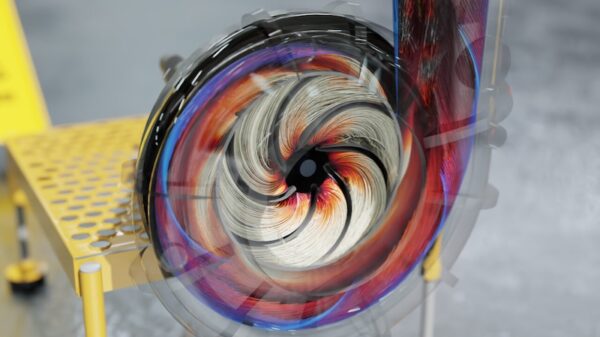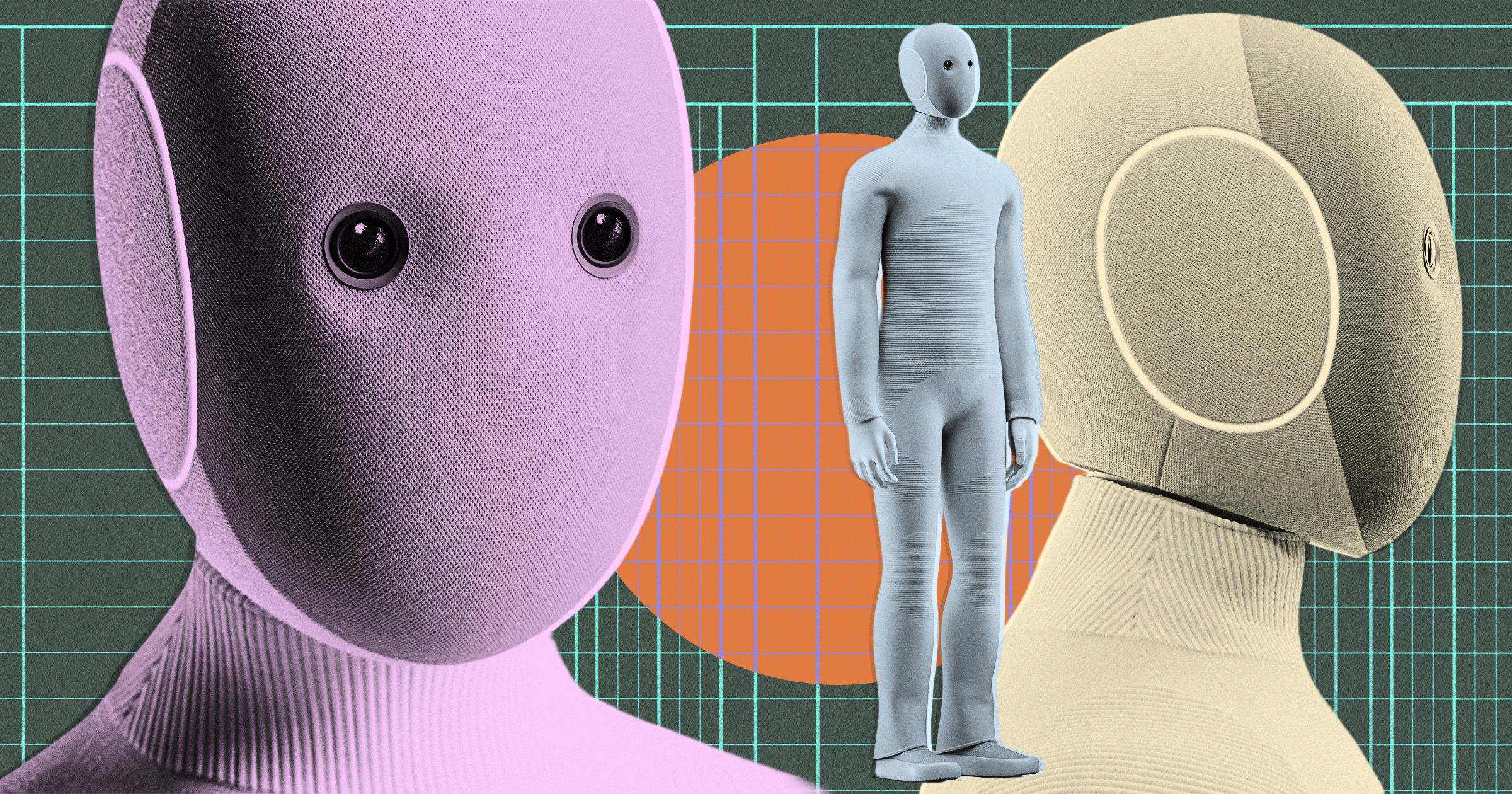A new robotic assistant, known as NEO, is set to revolutionize home chores, but it comes with significant limitations. Priced at $20,000, this robot from the Palo Alto-based startup 1X requires human oversight rather than functioning autonomously, which may challenge the expectations of tech enthusiasts eagerly awaiting its arrival in 2026.
The NEO, which weighs 66 pounds and stands at 5 feet 6 inches, is currently taking preorders. Interested customers can reserve their spot with a deposit of $200, followed by a subscription fee of $499 per month or a one-time purchase price. Its design features a fabric covering and a simplistic appearance, intended to differentiate it from the darker, more intimidating aesthetics often associated with robotics.
Founder and CEO Bernt Børnich, a young innovator from Norway, designed NEO with the aim of avoiding the “hard, dark, sci-fi future” prevalent in the robotics industry. Instead, he has created a product that relies on a network of remote workers to operate the robot. Users will be required to download an app to schedule tasks for NEO, which means they must accept the presence of a remote operator monitoring their home environment.
In an interview with the Wall Street Journal, Børnich emphasized the importance of data collection for improving NEO’s capabilities. “If we don’t have your data, we can’t make the product better,” he stated. The robot will gather information to train its artificial intelligence, with the hope that it will eventually be able to operate independently.
Despite the excitement surrounding such innovations, industry experts remain skeptical about the practical applications of humanoid robots. According to technology journalist Michael Hiltzik, even the most advanced robots face challenges with basic tasks, such as navigating home environments and handling everyday items safely.
Current offerings like Tesla’s Optimus and 1X’s NEO may reflect more about the hype surrounding technology than about delivering functional consumer robotics. While the industry has made substantial strides—evident in China’s advancements in industrial robotics—humanoid robots still seem far from becoming commonplace in households. As it stands, for many, completing chores will continue to rely on human assistance rather than robotic innovation.
As NEO prepares to enter the market, it raises important questions about the future of robotics and the role humans will continue to play in household assistance. The anticipation surrounding its release underscores a broader conversation on the viability of robotic technology in everyday life and the balance between human oversight and automation.



































































